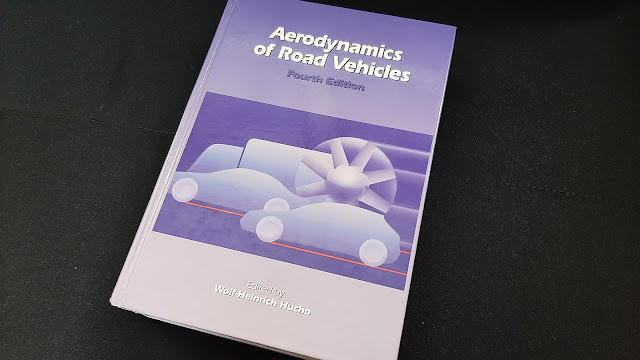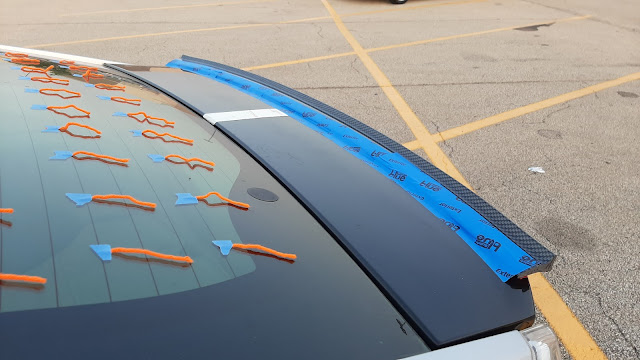External Mirror Removal

Mirrors are an easy drag problem to spot: they stick out from the car body, disrupting flow. This is easy enough to guess, but how and how much do they adversely affect things? To answer that we need to do some testing. The Problem with Mirrors The problem with mirrors is twofold: first, in order for them to function they need a large, flat surface on the back side, which contributes to high drag for the mirror itself. Second, regardless of the drag of the protuberance such as a mirror, when it is brought close to the body of a car the total drag is more than the sum of the two. This phenomenon is called “interference drag.” You can get an idea for why this is by looking at a tuft test of a window surface behind a mirror. Here’s the flow over my 1991 Toyota truck’s side window with the factory mirror—which is not large by truck standards—in place: Enjoy the soybean fields. If you follow this blog, you're going to see a lot more of them. Notice how th...





